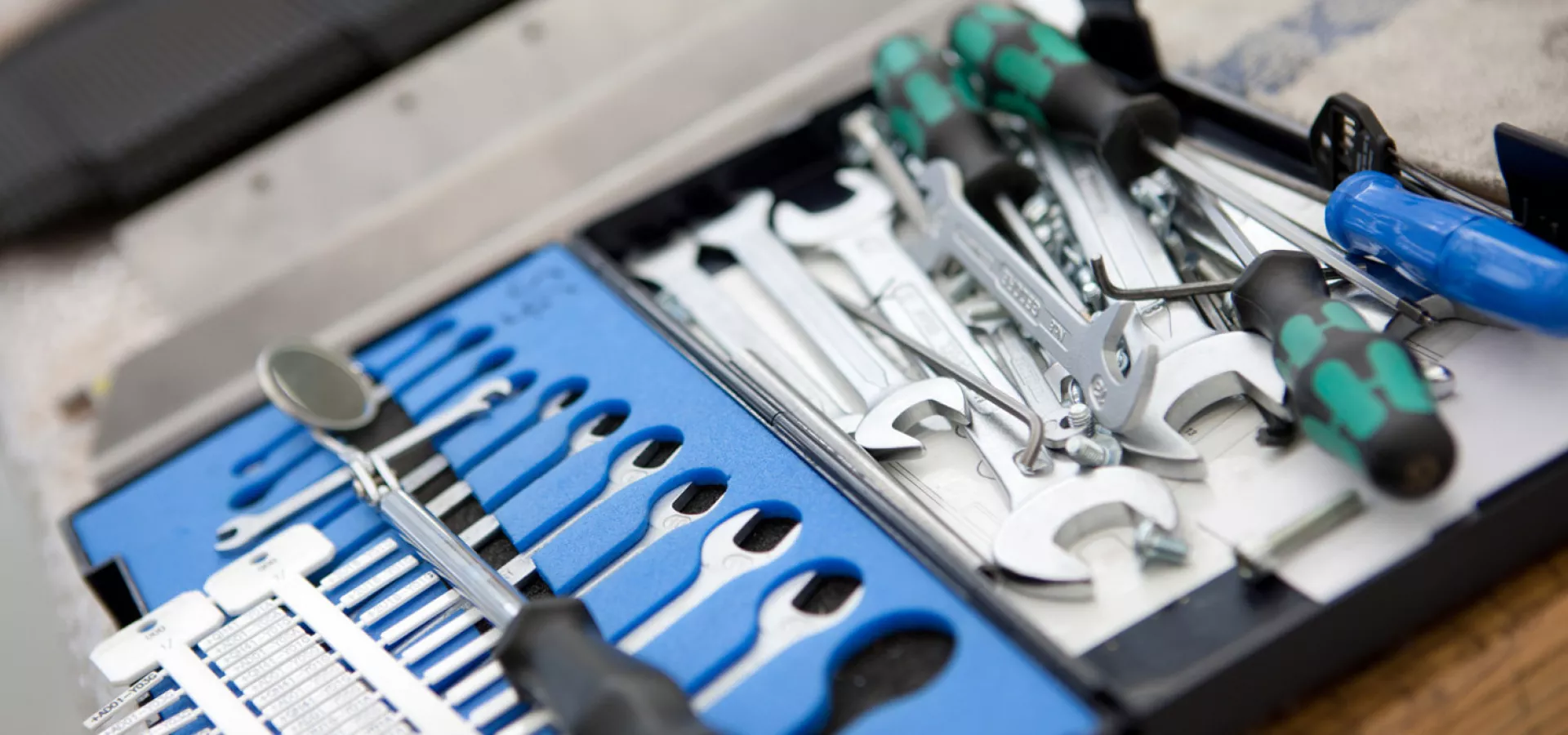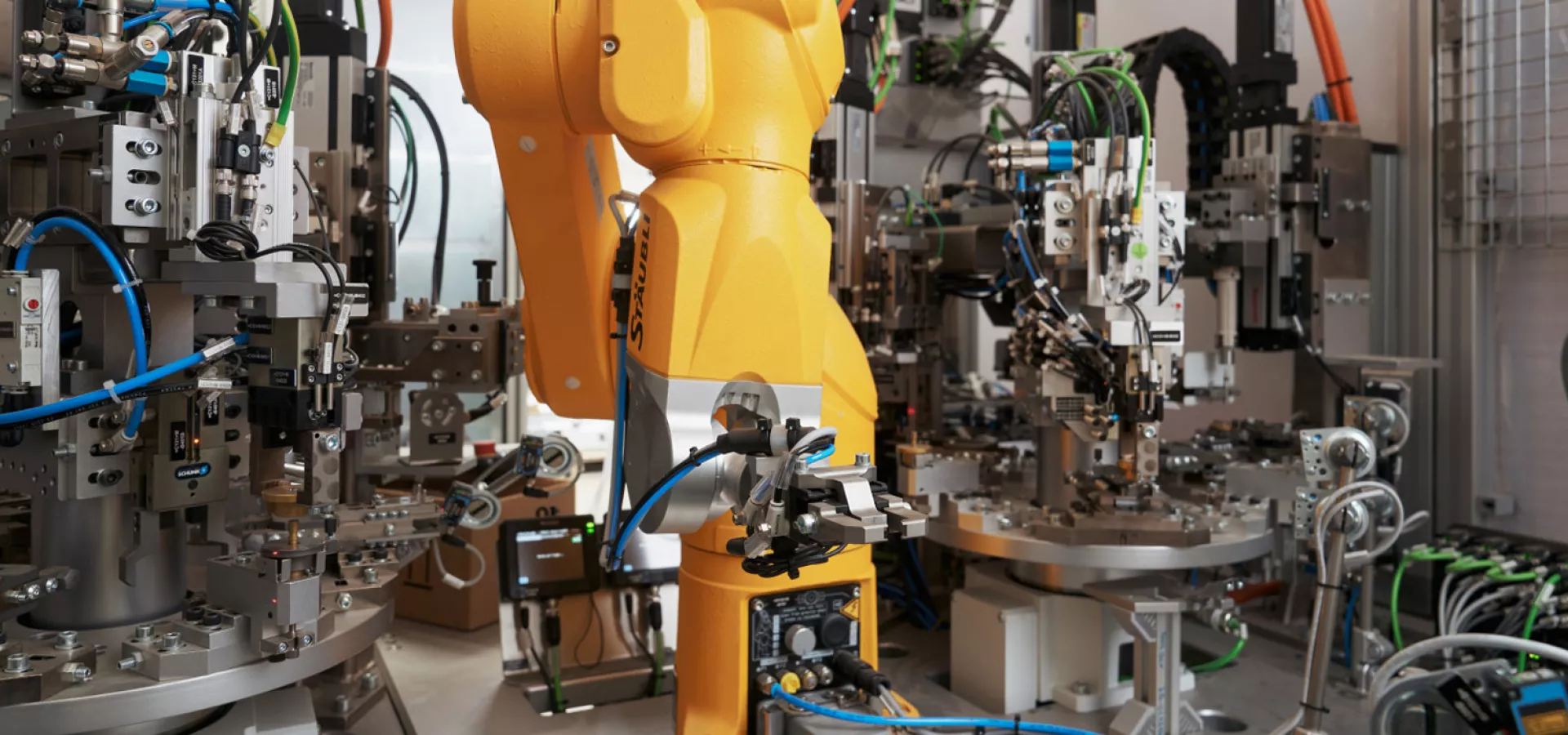
Glob Top - Encapsulation material for microelectronic applications
Glob Top is a flexible and rigid encapsulation that protects exposed components under UV light, visible light or thermally cured. But it is also used to protect integrated circuits or wire connections. Special adhesives are used for this purpose. They are also used for chip-on-board applications or for fixing circuits to glass or PCBs. The plastic potting compounds used for this purpose are available in different viscosities.
Glob Top - protection from external influences
The cabling materials or potting compounds protect electronic components from various external influences in the so-called glob top process:
- Dust
- Humidity
- Solvents
- Dirt
Glob Top is also used to protect particularly sensitive components against scratching or mechanical stress. They also reduce local element formation and protect against internal corrosion. The potting compounds used are usually UV-curing. Depending on the material used, curing can take place within just a few seconds. Sealing of the parts or components can be fully automated.
Potting compounds that cure thermally have the advantage that they also cure when there is no light, such as in dark rooms or in shadow zones. As a rule, black colored glob tops are cured exclusively thermally. They are used as coatings or covers. After curing, the potting compounds can be exposed to temperatures of up to 280° C for a short time - this means they can withstand a reflow process without damage.
Glob Tops specially designed for chips
Glob tops are also used to protect chips. They encapsulate the chip and thus ensure that sensitive wire contacts do not break. At the same time, protection is provided against scratching, moisture and dust. At the same time, the chip cards are protected against Cory corrosion by the encapsulants used. Since they are solvent-free and have a high degree of ionic purity, they also reduce local element formation. This makes the chips more durable and reliable.
Very often, the frame-and-fill (dam-and-fill) process is used for encapsulating chips. In this process, a dam is first drawn using high-viscosity adhesive to serve as a frame. The frame is then filled with liquid plastic. The frame prevents the material from flowing. Instead, it softly encases the chip, including the contacts.
Advantages of liquid encapsulation in the Glob Top process
Glob Top is one of the liquid encapsulation processes. The aim is to protect electronic components with a liquid substance at room temperature. No product-specific tools are required for this. Either one- or two-component encapsulation compounds are used. They are mainly based on epoxy resin, silicone, polyurethanes or acrylate and cure thermally. They are usually premixed. Single-component polymer systems are also frequently used. They have the advantage that they set under UV light. The choice of material must be made in such a way that the insulation properties and electronic requirements are taken into account.
The potting material must have a high chemical purity to successfully prevent corrosion. Otherwise, faulty currents can flow off at short conductor distances. For this reason, adhesives are very often used as potting compounds, which consist of epoxy resin and cure within a very short time with the aid of UV radiation. This makes them suitable for fully automated, high-volume production. Curing with UV light or visible light ensures particularly fast processing. In shadow areas, thermal post-curing is possible. In practice, modern potting compounds are usually single-component, which means that no mixing is required. They are also free of solvents, cure by LED, are halogen-free, have a low modulus for wire bonding, are free of isocyanate and have a low glass transition temperature. The various materials used for the Glob Top process also differ in their flexibility and adhesive strength.


